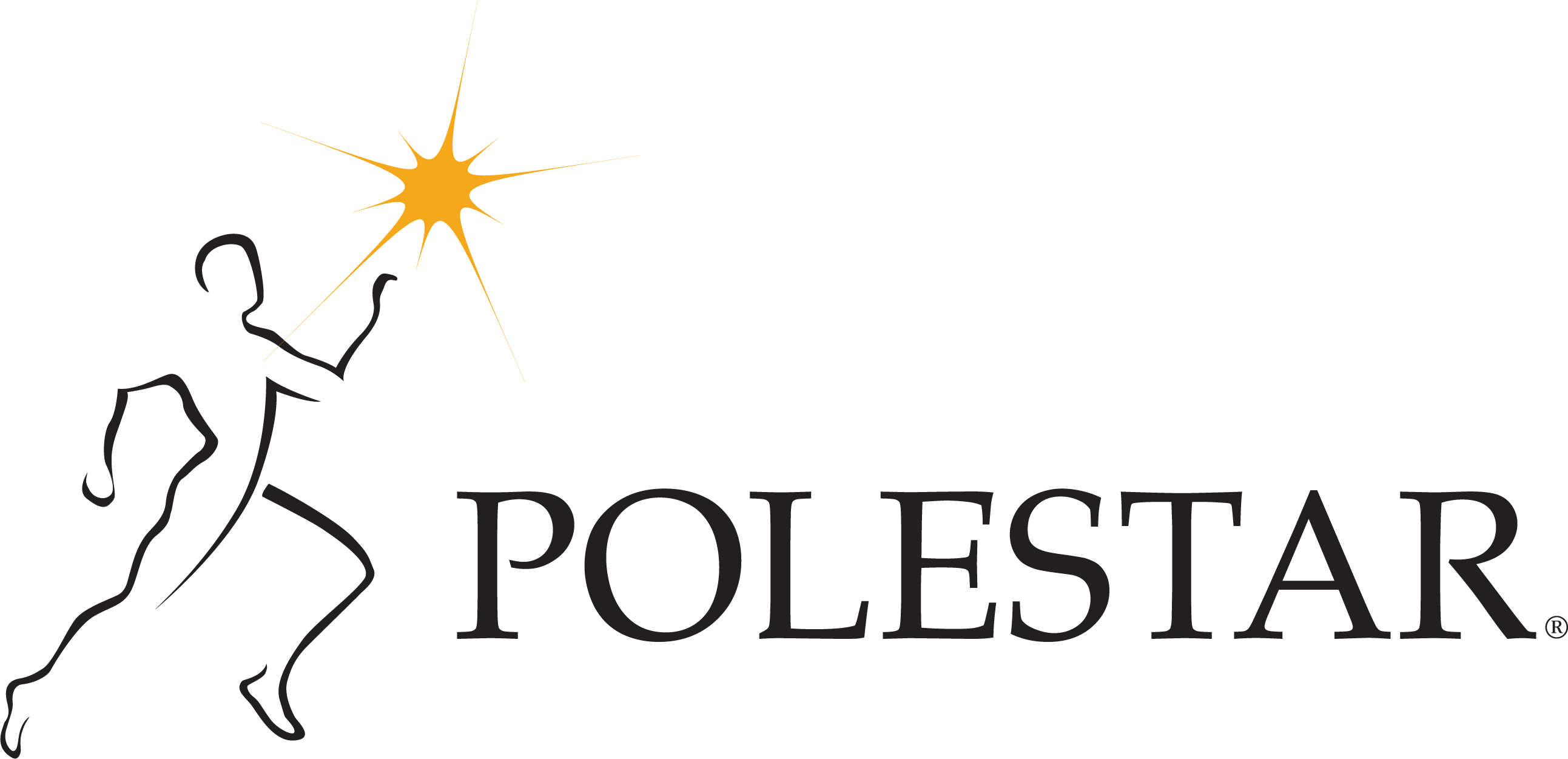By: Beth Kaplanek As a Pilates instructor, you play a pivotal role in helping clients manage various conditions through targeted exercise programs. One common condition you may encounter is osteoarthritis (OA) of the hip. Understanding how to tailor Pilates exercises to support clients with hip OA can make a significant difference in their quality of […]Read More
Polestar Pilates
How The Spinefitter Empowers Pilates and Physical Therapy
At Polestar Pilates, we understand the dedication Pilates instructors and physical therapists have to their clients’ well-being. The Spinefitter by SISSEL – a revolutionary tool to enhance Pilates and physical therapy sessions – stands out as a versatile and effective tool, celebrated for its ability to improve spinal health, core strength, and overall client progress. Read More
Advice On Cueing The Core: More Muscles Than You Imagined
The more you can get the whole body to work as a system the better off your clients are when they leave your class. Great you did an hour of Pilates, but what happens when you need to go out and run around a soccer field and play a sport? It’s not that we’re not cueing specific muscles, but that we’re also trying to do it in the most intelligent fashion. Read More
How To Grow Your PT Practice With The Reformer
When I acquired the studio space I am in now, I got this larger room area which is what I specifically wanted in order to be able to teach group reformer classes. The moment we moved into this space my business completely transformed. It went from a smaller operation to “wow” I am impacting a lot of people’s lives and really felt like a force in the neighborhood. It was simply for that reason, the ability to reach multiple people in that one hour of time. Read More
The Secret to Working with Joint Replacements
The ultimate goal is to give a positive movement experience. We need to help to re-educate movement patterns and then build strength! The instructor has to be aware of pathologies and common problems that we see on a regular basis.Read More
Six Tips To Better Cue The Breath in Pilates
The reason why the subject of breathing causes never-ending confusion is that breathing is both a very finely tuned autonomic process, as well as under our conscious control. Hence it can be altered, but we may wonder whether it should be. This will always have a very complex impact on the rest of our being. Read More







